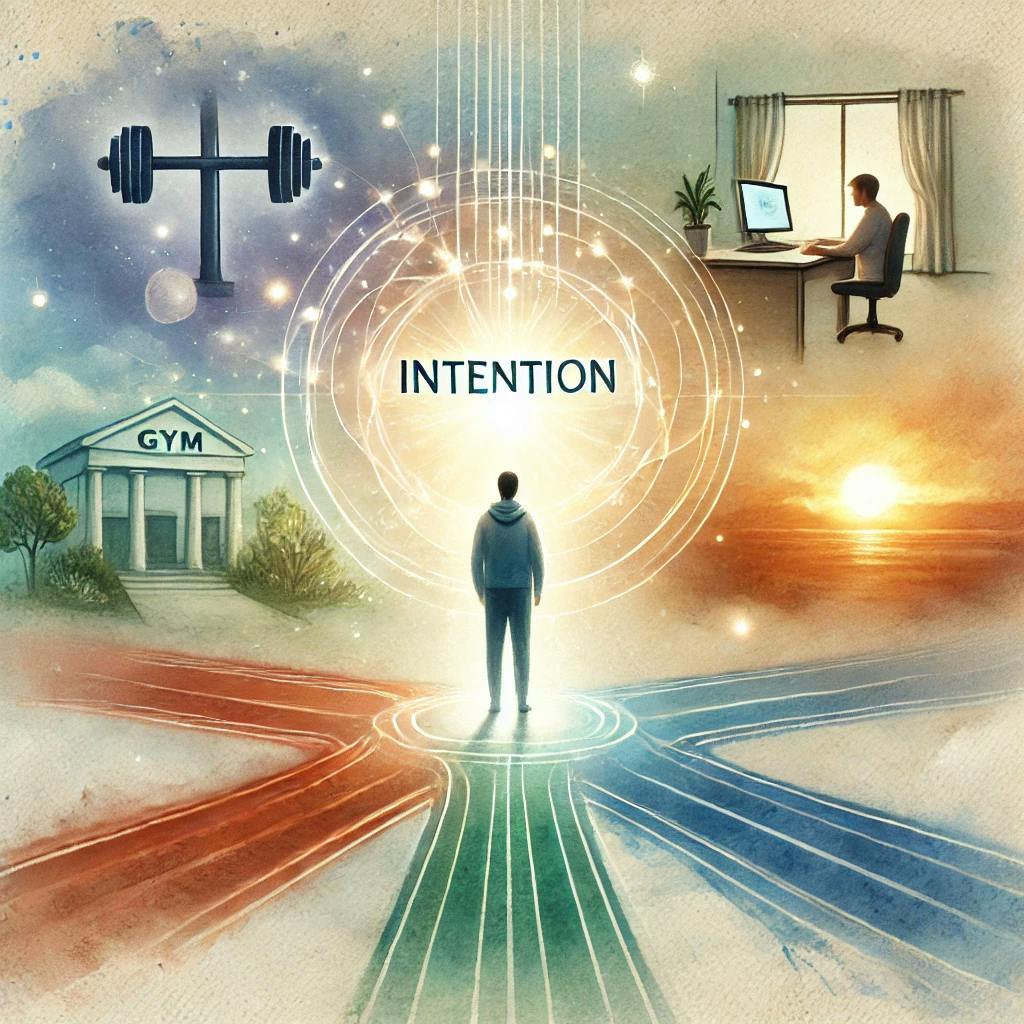Being Present is a Daily Practice

We’re on autopilot 95% of the time and miss the present moment and its opportunities.
Survival Mode Awakening
The human brain goes into present-moment awareness during life-threatening situations. The amygdala releases cortisol and adrenaline and we focus completely on immediate survival. We can access deep presence when needed – your brain does this during car accidents, natural disasters, or physical threats. This biological response has been with us for millions of years as a survival mechanism. Research shows these heightened states of awareness increase reaction time by up to 50%.
Autopilot Problem
Most people spend their days in unconscious routines – wake up, commute, work, eat, sleep, repeat. The default mode network in our brain takes over during these periods and we’re mindless and miss out on experiences. Studies show the average person spends 47% of their waking hours thinking about something other than what they’re doing. This mental absence leads to decreased performance, missed opportunities and lower life satisfaction.
Balance of Presence
Too much presence would overwhelm our nervous system. The brain needs periods of autopilot for rest and recovery. Research shows meditation masters achieve 15-20 minutes of pure presence before they need a reset. Start with 5-minute presence practices throughout the day instead of trying to be present for hours. The sweet spot for most people is between 25-35% present-moment awareness during waking hours. This gives us focused attention and necessary mental downtime.
Training the Now Muscle
Be present through small daily actions: Feel the water temperature while washing dishes. Notice your breathing for 30 seconds before a meeting. Count your steps while walking to lunch. Ask yourself “What am I doing now?” throughout the day – this simple question breaks the autopilot pattern and forces us into the present. Practice brings presence into daily life without overwhelming our system. Set 3 daily reminders to pause and notice your surroundings for 60 seconds.
The Technology Trap
Devices pull our attention away from the present moment every 8 minutes on average. Notifications fragment our focus and trigger dopamine-seeking behavior patterns. Turn off non-essential notifications. Create device-free zones in your home. Set specific times for email and social media checks. A study of 2,444 professionals showed a 28% increase in productivity after implementing device boundaries.
Physical Anchors for Presence
Use environmental triggers to stay present. Place colored dots around your workspace – every time you see one take a moment of awareness. Tie presence to physical actions: Every doorway is a reminder to check your posture. Every sip of water is a breath focus. Every red traffic light is a mini-meditation. Physical anchors create presence triggers throughout your day.
The ROI of Now
Individuals who practice present-moment awareness make better decisions 76% of the time. Regular presence practice reduces stress by 31% and improves sleep by 23%. The compound effect of small presence moments adds up to big life improvements over time.


